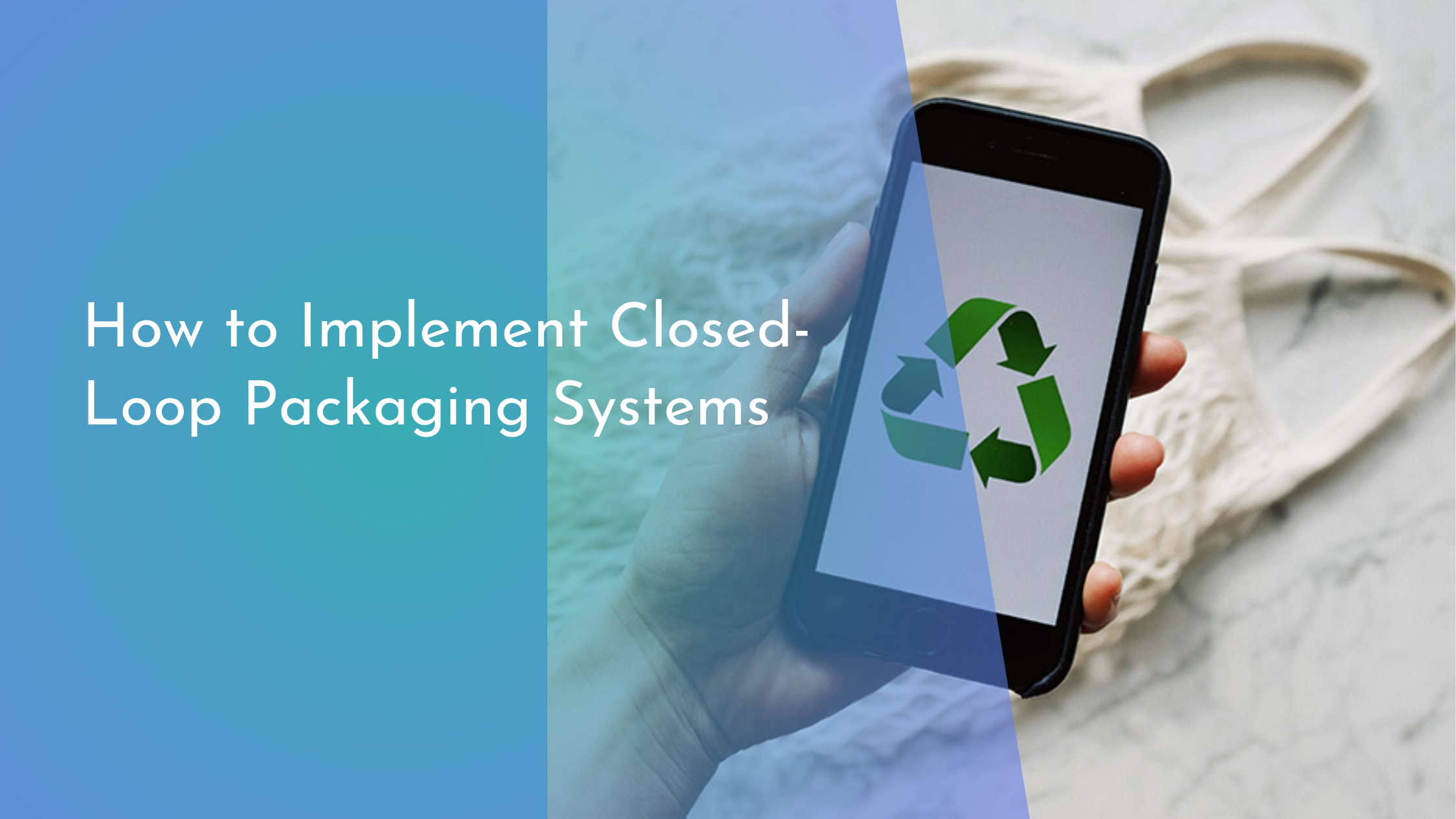How to Implement Closed-Loop Packaging Systems
In the world of sustainable business practices, closed-loop packaging systems are emerging as a promising approach for companies looking to minimize waste and maximize resource efficiency. Unlike traditional linear packaging systems, where packaging becomes waste after use, closed-loop systems aim to create a continuous cycle of reuse and recycling. This article explores the intricacies of closed-loop packaging systems, the benefits they offer, and actionable steps for businesses to implement them effectively. We also delve into some common challenges and how to overcome them, setting the stage for a more sustainable future.
Understanding Closed-Loop Packaging Systems
Closed-loop packaging systems are designed to reduce waste by circulating packaging materials through a continuous cycle of reuse and recycling. In these systems, packaging is not discarded after a single use. Instead, it is collected, cleaned, and reused for the same or different purposes. This cycle can significantly decrease the environmental footprint of packaging by keeping materials out of landfills and reducing the need for virgin resources. The idea is to create a circular economy where materials are perpetually cycled back into use, emulating natural processes.
Implementing closed-loop systems requires a fundamental shift in how businesses think about packaging. It involves designing packaging with its end-of-life in mind, ensuring it can be easily collected and recycled. Companies need to engage with stakeholders across the supply chain, including suppliers, customers, and waste management firms, to create a robust system for returning and reprocessing used packaging. By transforming packaging from a single-use product into a reusable asset, businesses can contribute to a more sustainable and waste-free future.
Key Benefits of Implementing Closed-Loop Systems
One of the primary benefits of closed-loop packaging systems is the significant reduction in environmental impact. By reusing and recycling packaging materials, companies can decrease their reliance on new resources, lower energy consumption, and cut down on greenhouse gas emissions. This not only helps mitigate climate change but also conserves biodiversity and reduces pollution. Additionally, closed-loop systems can lead to substantial cost savings. Companies can save on raw material costs and waste disposal fees, while also potentially generating revenue from selling recycled materials.
Beyond environmental and financial benefits, closed-loop systems can enhance brand reputation and customer loyalty. In today’s eco-conscious market, consumers are increasingly drawn to brands that prioritize sustainability. Implementing a closed-loop system demonstrates a company’s commitment to environmental responsibility, which can attract new customers and strengthen relationships with existing ones. Moreover, it positions the company as a leader in sustainability innovation, setting it apart from competitors and opening up new business opportunities.
Steps to Develop Your Closed-Loop Strategy
Developing a closed-loop strategy begins with conducting a comprehensive assessment of your current packaging system. This involves analyzing the materials used, the lifecycle of your packaging, and existing waste management processes. Identifying areas where improvements can be made is crucial to designing a more efficient system. Engage with stakeholders across your supply chain to gather insights and data, ensuring that all aspects of the packaging lifecycle are considered.
Once you have a thorough understanding of your current system, the next step is to set clear, achievable goals for your closed-loop strategy. These could include specific targets for waste reduction, recycling rates, or emissions cuts. With these goals in mind, design or redesign your packaging to facilitate reuse and recycling. This could involve selecting more sustainable materials, simplifying packaging designs, or developing take-back programs that encourage customers to return used packaging. Pilot the new system, collect feedback, and make necessary adjustments before full-scale implementation.
Overcoming Challenges in Closed-Loop Adoption
Adopting a closed-loop packaging system can be challenging, as it often requires significant changes to existing processes and infrastructure. One common challenge is the initial cost of transitioning to a new system, which can be a barrier for some companies. However, these upfront costs should be viewed as an investment, as the long-term savings and benefits can outweigh the initial expenditure. To ease the transition, businesses can seek partnerships or grants that support sustainable initiatives.
Another challenge is the coordination across the supply chain, which is critical for the success of a closed-loop system. Effective communication and collaboration with suppliers, waste management companies, and customers are essential. Companies might face resistance or logistical hurdles in aligning different stakeholders. To overcome this, it’s important to foster strong relationships and establish clear roles and responsibilities. Education and awareness campaigns can also help in gaining buy-in by demonstrating the value and benefits of closed-loop systems to all parties involved.
Embracing closed-loop packaging systems is an impactful step towards sustainability, offering environmental benefits, cost savings, and enhanced brand reputation. While the journey to adopting these systems can be complex, the rewards are well worth the effort. By understanding the concept, identifying benefits, developing a strategic approach, and addressing challenges, companies can successfully transition to a closed-loop model. As more businesses adopt these systems, we move closer to a more sustainable and resource-efficient future, where waste is minimized, and materials are perpetually reused. Let’s embrace this change and contribute to a healthier planet for generations to come.

